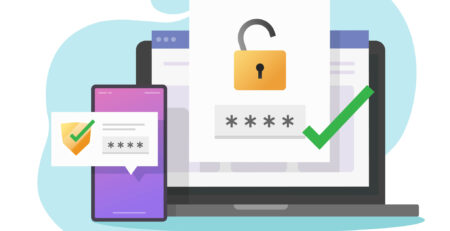IT Asset Lifecycle Management: Strategies for Small Businesses
In the rapidly evolving digital landscape, effective IT Asset Lifecycle Management (ITAM) is crucial for small businesses. It not only optimizes costs but also ensures efficient use of IT resources. Here are some strategies to master ITAM:
1. Understand the Lifecycle
The IT asset lifecycle typically includes the following stages: planning, procurement, deployment, maintenance, and disposal. Understanding these stages helps in making informed decisions about IT assets.
2. Implement a Centralized System
A centralized ITAM system provides a single source of truth about all IT assets, reducing the risk of miscommunication and errors. It also simplifies tracking and management tasks.
3. Regular Audits
Regular audits help identify unused or underutilized assets. This information can be used to reallocate resources effectively, reducing unnecessary expenditure.
4. Vendor Management
Establishing strong relationships with vendors can lead to better deals and support. Always stay updated with the latest offerings from your vendors.
5. Plan for Disposal
Proper disposal of IT assets is as important as their acquisition. Data should be securely wiped to prevent security breaches. Also, consider environmentally friendly disposal methods.
6. Training and Education
Ensure that your team understands the importance of ITAM. Regular training sessions can help them stay updated with the latest best practices.
7. Leverage Technology
Consider using ITAM software. These tools can automate many routine tasks, freeing up time for strategic decision-making.
8. Regular Policy Review
ITAM policies should be reviewed regularly to ensure they align with the business’s changing needs and goals.
In conclusion, effective ITAM and lifecycle management can lead to significant cost savings and efficiency improvements. By following these strategies, small businesses can get the most out of their IT assets.











Leave a Reply